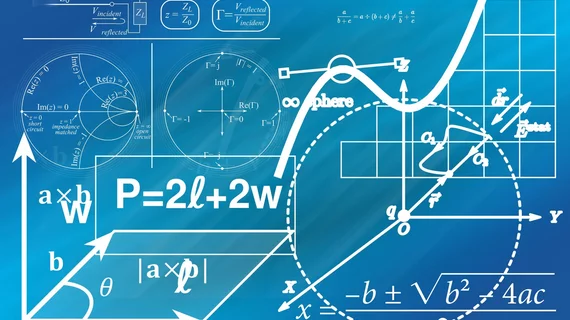New risk calculator detects TEER patients who may need to be readmitted for HF
Researchers have developed a new tool for identifying transcatheter edge-to-edge repair (TEER) patients who may face a heightened risk of being readmitted to the hospital for heart failure (HF), sharing their findings in Current Problems in Cardiology.
“Importantly, early HF readmission following [TEER] is associated with an approximately two-fold increased risk of all-cause mortality,” wrote lead author Keerat Rai Ahuja, MD, a cardiologist at Reading Hospital in Reading, Pennsylvania, and colleagues. “Further, as part of the CMS Hospital Readmissions Reduction Program, 30-day readmissions for HF have become an important quality improvement measure, with reimbursement penalties imposed in an effort to reduce early readmissions.”
Ahuja et al. noted that readmission risk calculators already existed for other procedures, including transcatheter aortic valve replacement and percutaneous coronary intervention. The group thought that TEER, previously known as transcatheter mitral valve repair (TMVr), needed a similar risk calculator of its own.
Using the Nationwide Readmission Database, the study’s authors tracked data from more than 8,000 TEER/TMVr patients who underwent the procedure from January 2014 to December 2017. Data from 2017 were used to validate the risk calculator once it had been designed.
Overall, 14.2% of the patient population was readmitted within 30 days.
Though the group examined many different variables, they ended up focusing on eight: HF, atrial fibrillation, anemia, lengths of stay longer than four days, acute kidney injury, non-home discharge, non-elective admission and bleeding events.
“In the final risk prediction model, each variable was assigned a score based on the raw estimates/standard error derived from the linear regression model,” the authors wrote. “We then calculated the score based on a linear model and mapped the score on a probability scale based on logistic regression.”
Internal validation of the tool revealed a c-statistic of 0.628. The authors said external validation will still be necessary “to determine its utility at the bedside.”
Read the full study here.

